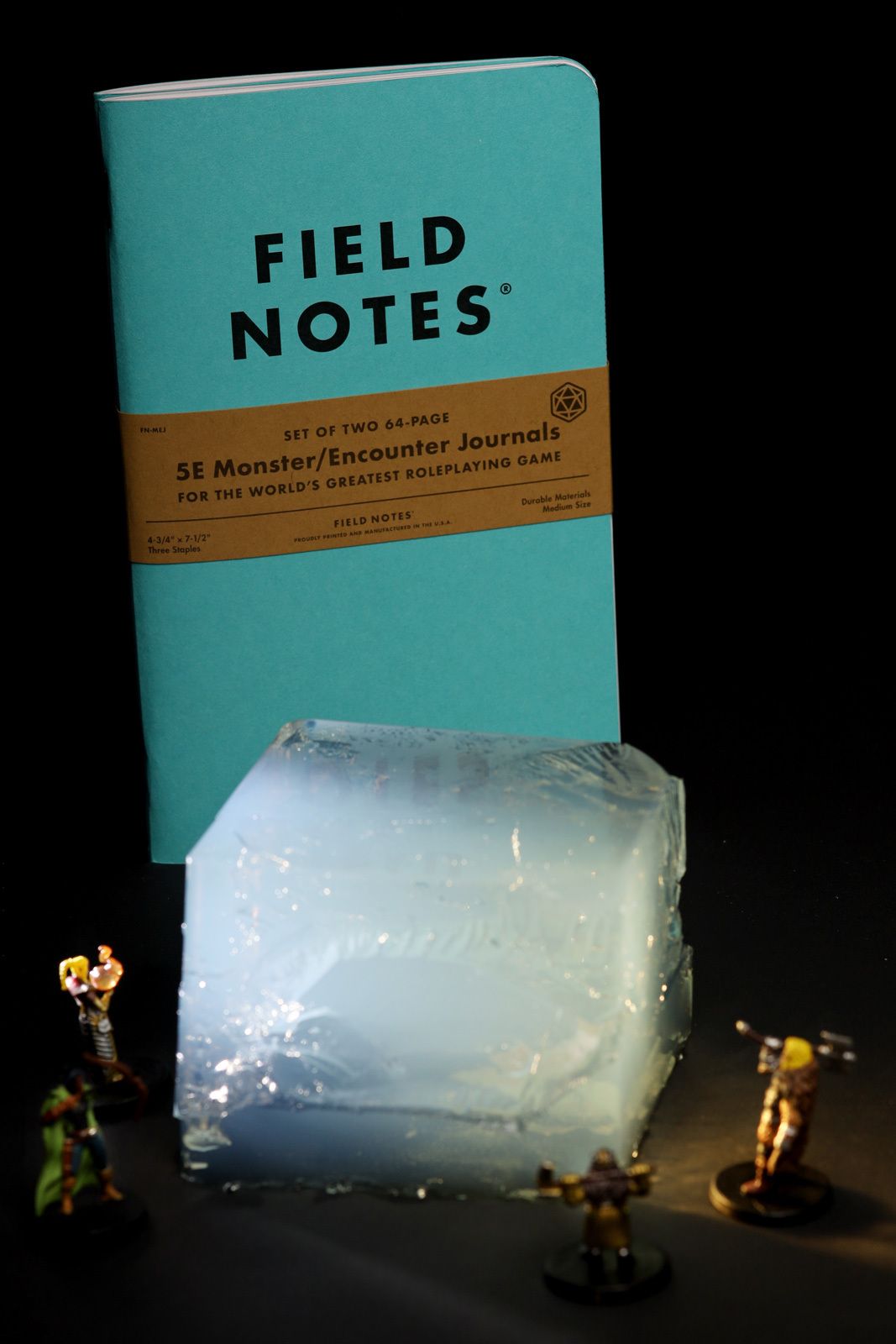Dungeons and Dragons game masters have a lot of options when it comes to planning their homebrew or pre-written campaigns. From official materials to online tools to blank notebooks, there’s really no shortage of options for staying organized. One traditional pen and paper option that has been becoming more popular in the last year is the Field Notes line of TTRPG notebooks.
Field Notes now offers a variety of tabletop RPG notebooks for both players and DMs. The latest addition to the line is once again pointed mostly at Dungeons and Dragons 5e DMs and offers a pretty unique way to plan ahead for encounters and keep all of the hooks, XP, and other relevant information organized in one central location.
RELATED: Comparing Dungeons and Dragons' 4E Ranger to Its 5E Counterpart
The Encounter Builder on DnD Beyond is a great tool when it comes to actually running any encounter at the table and keeping track of hit points and initiative order, but it lacks a bit of the room needed for planning additional details and flare ahead of the actual combat, exploration, or role play encounter. This is where the Field Notes 5e Monster/Encounter Journal really shines.

One of our only complaints about the Field Notes 5e Player Journal and Character Journal was that players or DMs would quickly spill their notes out of the 64-page books and need to move into another journal (though they do conveniently offer two-pack bundles). That doesn’t feel like nearly as much of an issue with the Monster/Encounter journal.
What’s Inside?
- Encounter Building Tips
- 15 spreads for Encounter Design
- Monster Building Tips
- a Monster Creation table
- 15 spreads for Monster Design
The Monster/Encounter journal is still a 64-page book, but planning encounters (even a lot of them) doesn’t lead to the same kind of sprawling notes that track clues and NPC information do throughout a Player Journal or location notes and quest hooks throughout a Game Master journal.
The book itself opens with some nice tips and tricks for designing and describing encounters at the table. These tips are similar to some of those DMs would find in official sourcebooks, but they also add some nice unique approaches to the usual advice. After that, the book is split into two sections - encounter planning and monster creation. Both of these sections put the real estate to good use and have neatly labeled sections to track just about everything we could think of that GM might need during this sort of planning.
The encounter half offers fields for title, synopsis, difficulty, XP, visuals/sketches, and loads of other information. The monster creation half of the book (which also opens with some helpful tips about how to create monsters) offers space to document skills, senses, ability scores, features, actions, and just about everything else that would be documented in the Monster Manual (plus some more).
Overall, this is probably the most exciting and useful Field Notes journal that has been released to date. Game Masters who prefer to homebrew encounters and monsters will obviously get the most use out of it, but it does still hold value for players running pre-written campaigns, as well. The book also has its uses outside of 5e DnD, though it's clearly formatted with that system in mind and will work best for organizing those types of encounters and monsters.
The Field Notes 5e Monster/Encounter Journal is available now.

